Stroke means weakness or focal neurological deficit lasting longer than 24 hours. It occurs as a result of obstruction to the blood vessels supplying the brain (ischemic stroke) or due to intracranial haemorrhage (hemorrhagic stroke). Clinical features depend on the site of lesion. Most common clinical features are a weakness on one side of the body (Hemiparesis), Dysarthria (Speech problem), Hemiplegic gait. Stroke is one of the leading causes of death and disability worldwide. The estimated prevalence rate of stroke range, 50 cases per 100 000 persons per year in Germany. Multiple sclerosis (MS), a progressive autoimmune disease, which is characterized by episodes of inflammation and degradation of the fatty myelin sheath surrounding the axons of the brain and spinal cord. The weakness of lower limb, sensory symptoms, blurring vision, Ataxia is commonly seen in cases of MS. Neuro epidemiological studies demonstrate that the prevalence of MS has more than doubled in the past thirty years. In Stroke and MS limited improvement can be obtained through contemporary methods and long treatment have its own side effects through modern medicine.
Ayurveda treatment can help a lot in managing and improving the quality of life in the patients of Stroke and MS. This paper reveals clinical management of stroke and MS on the lines of Ayurveda considering various common stages at which these cases are presented in front of an Ayurveda physician. Results were recorded on the basis of improvement in scales like NIHSS scale, Barthel index for Stroke and Kurtzke Expanded Disability Status Scale (EDSS) for MS. The results of various case studies were found to be really encouraging which will be presented during the full paper.

Rosenberg Ayurveda and Wellness-Consulting AG
European Academy for Ayurveda Switzerland
Büelstrasse 17
CH-6052 Hergiswil NW
info@ayurveda-symposium.org
Newsletter
* I have the Privacy policy taken note of. I agree that my details and data for answering my enquiry are collected and stored electronically.

2024 © Rosenberg Ayurveda Academy gGmbH